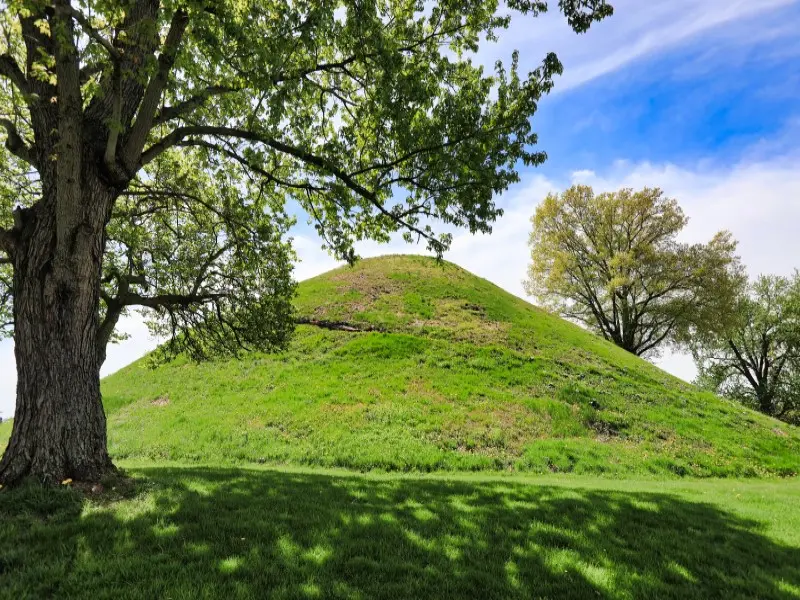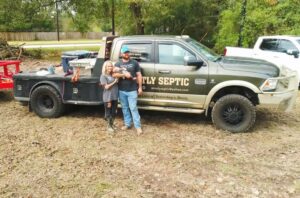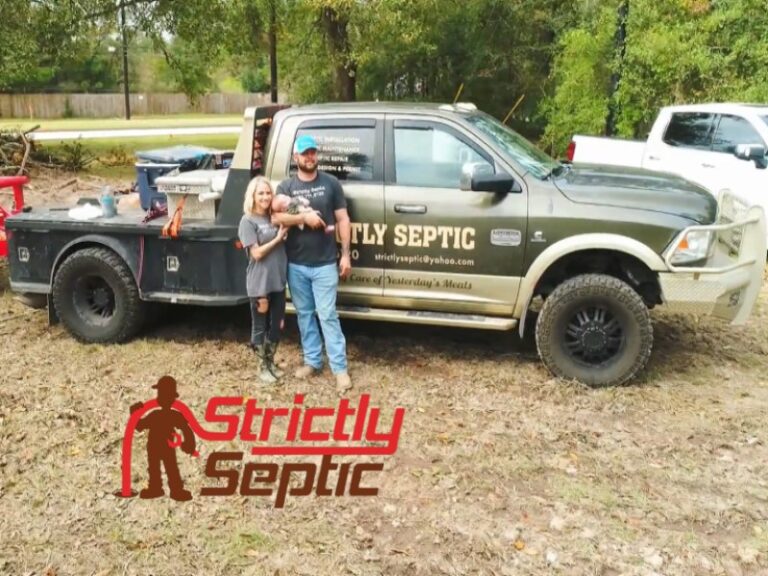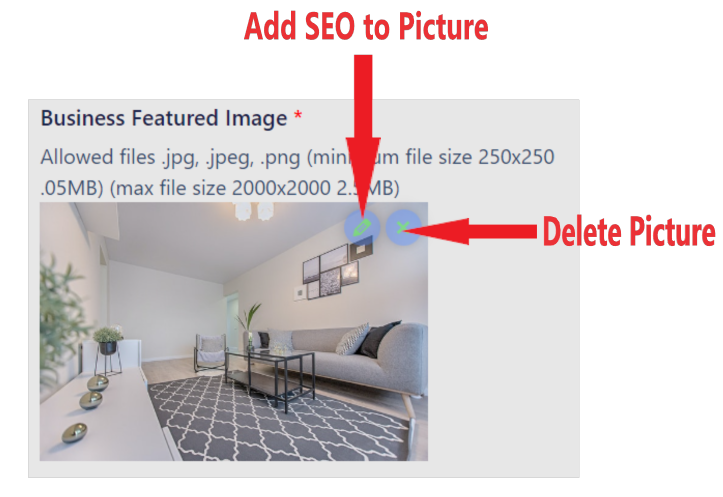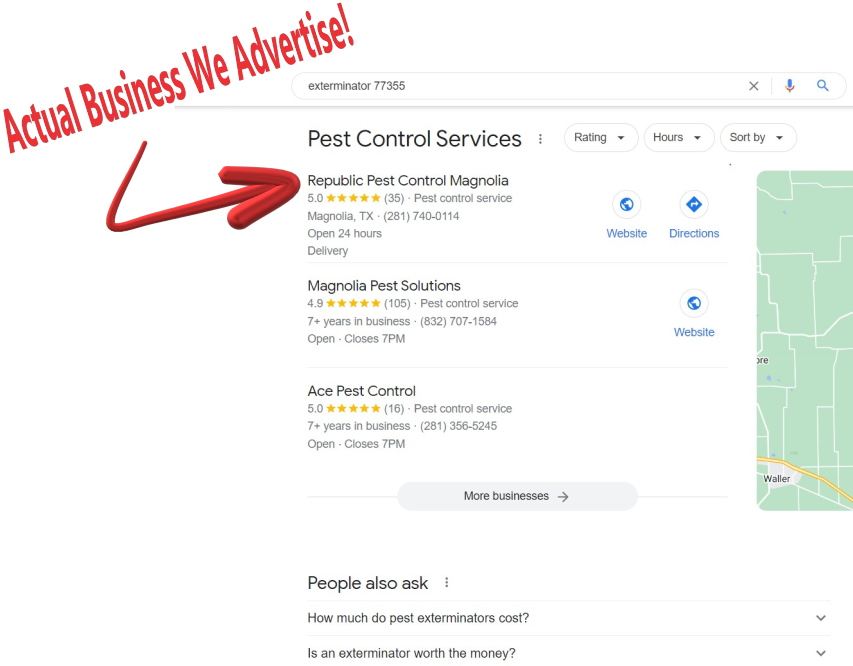At Strictly Septic Service, we provide mound septic system installation for homeowners and property developers facing tough soil conditions or high groundwater levels. Our approach combines compliance, efficiency, and long-term reliability for every system we design and install.
We specialize in advanced septic design, and our mound systems are ideal for locations where traditional in-ground systems aren’t a viable option. From site evaluation to permitting and installation, we handle every aspect of the process.
When a Mound Septic System Is the Right Choice
Not every property qualifies for a conventional septic system. Some of the most common issues that call for a mound system include:
- High water tables
- Shallow soil over bedrock
- Poor soil percolation
- Flood-prone areas
When we inspect a property, we assess soil depth, percolation rate, and site slope. If the land fails to meet minimum requirements for a standard system, we recommend a mound septic system installation as a reliable solution.
Learn more about our complete septic installation process.
How Mound Septic Systems Work
A mound system operates above the natural soil grade. The components include:
- Septic tank: Collects and begins treatment of household wastewater.
- Pump chamber: Distributes effluent evenly into the mound.
- Mound: A constructed bed of sand and gravel where final treatment occurs before water disperses into the soil.
Why Choose a Mound System?
Unlike conventional systems that rely on natural absorption, mound systems offer elevated treatment zones. This extra filtration is critical in areas where soil can’t safely handle untreated effluent.
Our Mound Septic System Install Process
Every installation begins with a site analysis and soil test. Once we determine that a mound system is needed, we follow a detailed process:
- Soil and Site Evaluation
- Septic System Design
- Permit Application
- System Installation
- Inspection and Final Approval
We work directly with local permitting offices to expedite approvals. You can see how our permit process works here.
Factors That Affect Installation
Several variables influence both the complexity and cost of a mound system install:
| Factor | Impact on Installation |
|---|---|
| Soil Permeability | Determines mound height and media depth |
| Seasonal Water Table | Affects vertical separation and sand fill requirements |
| Site Slope | Impacts distribution and grading techniques |
| System Size | Based on household occupancy and wastewater volume |
| Local Permit Requirements | Can affect design adjustments and inspection schedules |
Installation Timeline
A typical mound system install takes 5 to 7 business days after permitting. However, permitting itself can take up to 2-3 weeks depending on the county. We stay in contact with your local health department to avoid delays and keep the project moving.
Have questions about how long it would take at your location? Reach out to our team directly.
Long-Term Performance & Maintenance
Mound systems require regular maintenance. We offer long-term service agreements to monitor and manage:
- Pump function
- Tank sludge levels
- Mound surface condition
- Ventilation and drainage
To prevent system failure, we recommend:
- Pumping the septic tank every 3 to 5 years
- Inspecting the pump chamber annually
- Avoiding heavy vehicle traffic over the mound
We also provide emergency services and inspections if your system ever shows signs of failure.
Why Work With Strictly Septic Service?
Here’s what sets us apart:
- Local knowledge: We understand the specific permitting, soil, and elevation challenges in different Texas counties.
- Full-service installs: From permitting to final inspection, we handle everything.
- Clear communication: You’ll always know where we are in the process.
We’ve installed systems for homes in both rural and suburban areas, adapting each project to fit lot constraints and homeowner needs.
You can see how our general septic system installations work, or speak with us directly to find out if a mound system is right for you.
Permitting for Mound Septic Systems in Texas
Getting the right permits is essential before starting any installation. We guide you through:
- Soil test submissions
- Site evaluation documentation
- Design filing
- Permit application and approval
We coordinate with county health departments, so you don’t have to. Here’s a breakdown of our septic permit process.
Mound System vs Conventional System
| Feature | Mound System | Conventional System |
|---|---|---|
| Installation Depth | Above ground in engineered mound | Below ground in natural soil |
| Soil Requirements | Works in shallow or poor soils | Requires deep, permeable soil |
| Cost | Higher due to materials and labor | Lower in areas with ideal soil conditions |
| Maintenance | Requires consistent pump and filter checks | Less frequent if functioning properly |
| Property Impact | Requires more space and surface area | More compact footprint if soil allows |
Common Questions We Get
How much does a mound system cost?
Costs vary widely based on soil conditions, size of the home, and local regulations. Expect to invest more than a standard septic system due to the materials and engineering involved.
Can you install one on a small lot?
Yes — though the design may need to be adjusted. We’ll assess your property to determine what’s possible.
Will it affect property value?
A properly installed and maintained mound system protects water quality and can even increase buyer confidence, especially in areas where traditional systems aren’t allowed.
Get a Quote for Your Property
Whether you’re building a new home or replacing a failed system, we’re ready to assess your site and determine the best solution.
Contact our team today for a site evaluation or more information about mound septic system install services.
We’re here to make the process clear, compliant, and built to last.

